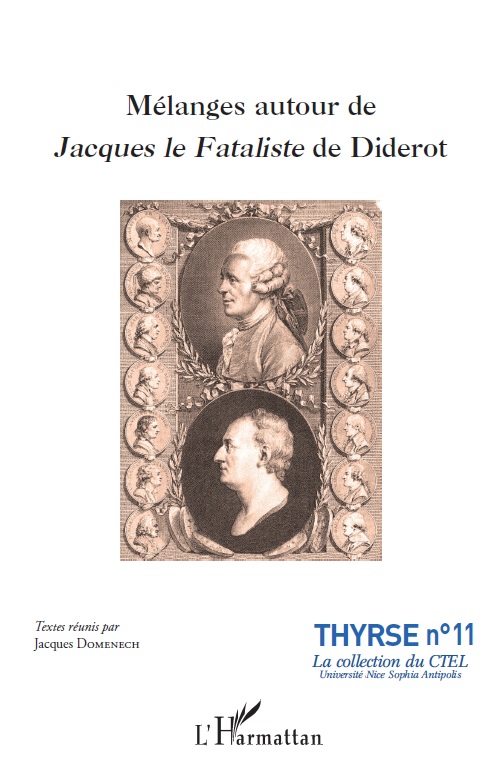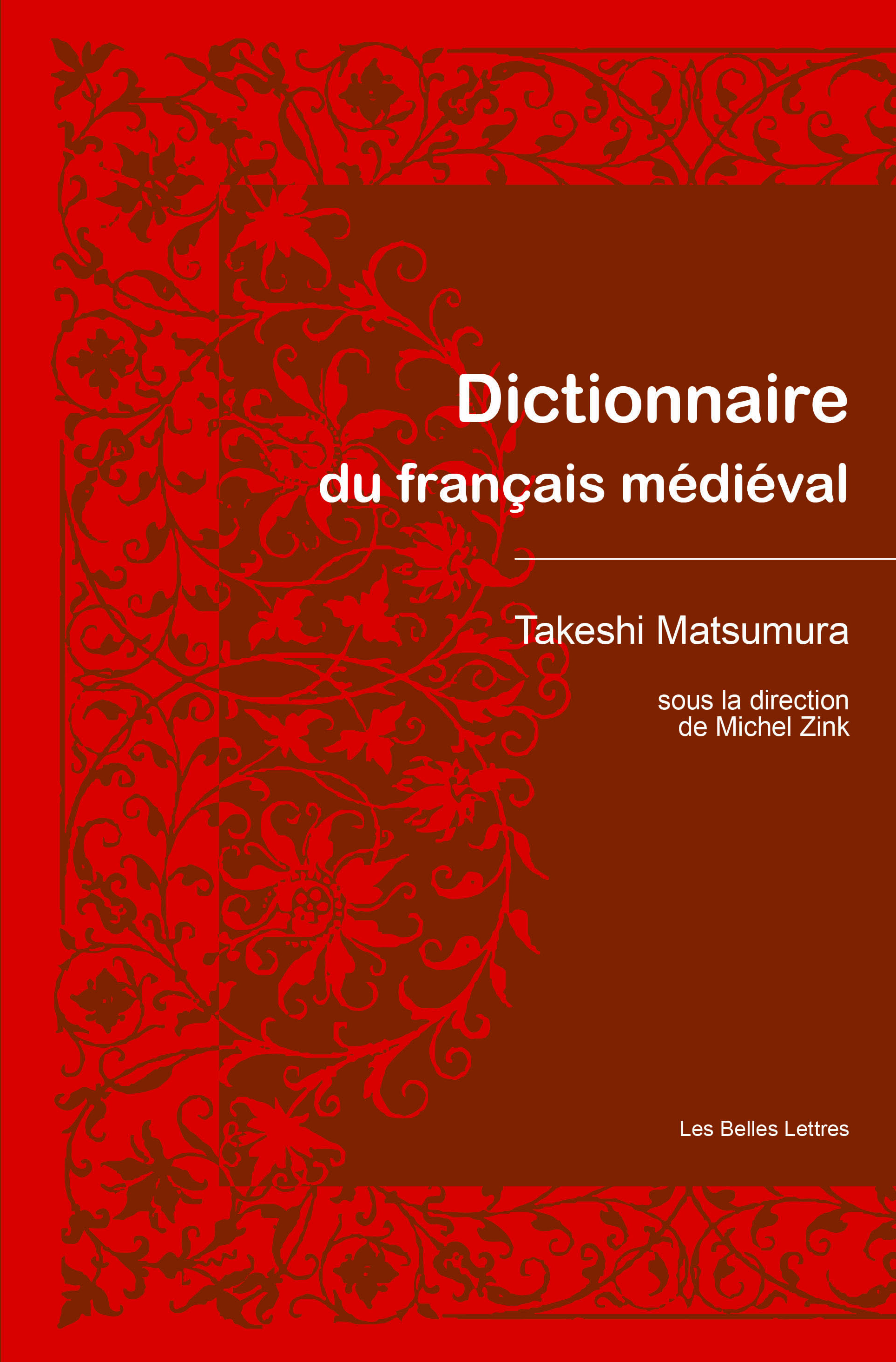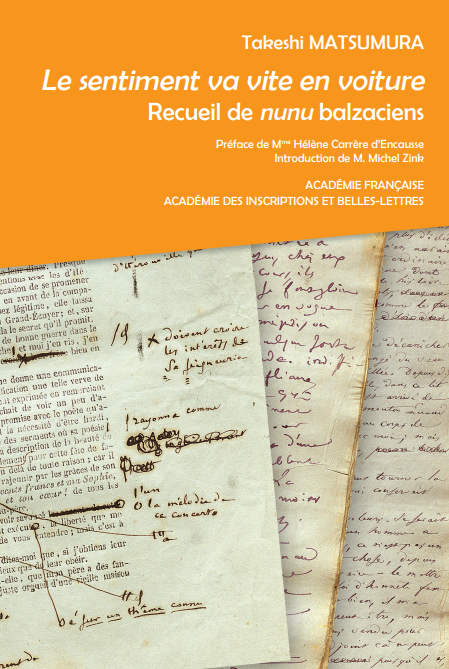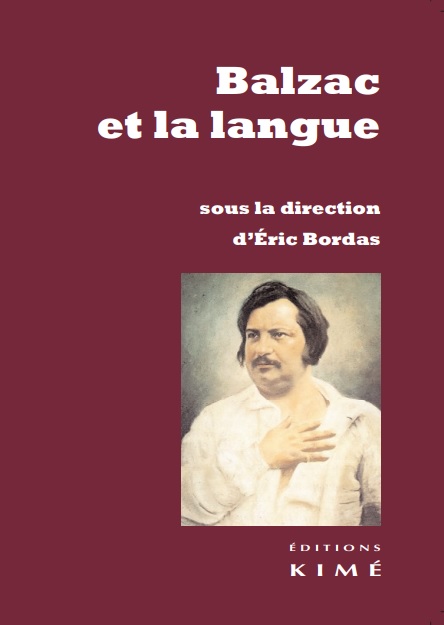
Title
Thyrse Mélanges autour de Jacques le Fataliste de Diderot
Size
236 pages, 15.5x24cm
Language
French
Released
October 15, 2017
ISBN
978-2-343-13049-1
Published by
L’Harmattan
Book Info
Japanese Page
This book, which was published in Paris in 2017 by an editorial committee led by Professor Jacques Domenech of the University of Nice, together with Béatrice Didier of the École normale supérieure of Paris, Lydia Vázquez of the University of the Basque Country, Gerhardt Stenger of the University of Nantes, and the author, presents many studies related to the novel Jacques the Fatalist and his Master (Jacques le fataliste et son maître) by Diderot, the renowned 18th-century French writer famous as the editor of the Encyclopédie.
As is shown in a letter to the author’s lover, Sophie, whom he urges to select appropriate passages from Scarron’s Comic Romance (Le Roman comique), Cervantes’ Don Quixote, and the works of Rabelais, and mix them with a beverage in which she has appropriately dissolved Jacques the Fatalist and his Master and Prévost’s work, Manon Lescaut, and drink it as a potion to brighten her gloomy mood, this novel was a work suited to boost its reader’s mental state.
The book takes up Diderot’s relationship with the works of Rabelais mentioned in this letter to discuss what they had in common, as well as the characteristics of the literature of Cervantes and Diderot, their relationship and methods of expressing irony, and so on. It also provides information that is not known through shallow literary history, by emphasizing the similarity between Joanot Martorell’s Tirant the White (Tirant lo Blanch) and Diderot, and pointing out that Nicolas Fromaget’s work, Mohammod’s Cousin (Le Cousin de Mahomet), contains various elements linking it to Diderot, Voltaire, and Laclos. It includes a paper that does not tackle literature in the narrow sense, but the relationship between this novel, medical science, and surgery, and writers who develop philosophical arguments related to the issue of freedom; so it will probably expand the range of reading in various directions. This book reproduces the introduction by Jacques-André Naigeon to the first edition of Jacques the Fatalist and his Master that was published 10 years after Diderot’s death in 1784; thus this will permit a reconsideration of how Diderot’s disciple and admirer, Naigeon, understood his master and what he emphasized.
An effort to refine understanding of Jacques the Fatalist and his Master itself is, of course, seen in this collection. The present writer focused on the expression “tour de tête,” which was used in this novel. As shown by the fact that the masculine noun “tour” is included in the name of the famed bicycle race, the Tour de France; it can also mean “one lap” or “[length of] the perimeter”; so the Treasure of the French Language (Trésor de la langue française) explains that the meaning of “tour de tête” is “size of a head” or “head circumference” and gives an example of its use in 1900. However, it appears that it was not commonly used to convey this meaning until that time; during the 18th and 19th centuries, it was used in the sense of “shape of head” or “head movement.” The author hypothesizes that Diderot attached his own meaning to this expression.
Thus, this book will likely prompt readers to carefully reread Jacques the Fatalist and his Master, expanding their interest in a variety of directions.
(Written by MATSUMURA Takeshi, Professor, Graduate School of Arts and Sciences / 2019)
Table of Contents
Eugenio Scalfari, Umberto Eco parmi nous..., hommage
Umberto Eco, La force du sens commun
Jacques Domenech, Sur l’introduction des Œuvres complètes de Diderot. Hommage à Michel Butor
Jean Deprun, Diderot devant l’idéalisme
Béatrice Didier, De la dive bouteille à la gourde de Jacques
Joanot Martorell, Histoire du grand chevalier Tirant le Blanc (extrait) avec un préambule et une conclusion de Jacques Domenech
Lydia Vázquez, Jacques, un anti-Quichotte
Jacques Domenech, Parisien l’Écolier – devenu Cousin de Mahomet – et Jacques : libertinage atypique, gaillardise et sentiment
Jacques Domenech, Hommage à Michel Butor, Des Bijoux Indiscrets à l’Encyclopédie
Takeshi Matsumura, Le tour de tête fataliste de Jacques
Samuel Macaigne, Médecine, médecins et chirurgiens dans Jacques le Fataliste
Gerhardt Stenger, Le fatalisme de Diderot
Françoise Salvan-Renucci, « au hasard de ma route entre deux quais de gare » : regard sur le parallèle entre Jacques le Fataliste et le discours poétique des chansons de Hubert-Félix Thiéfaine
Jacques Domenech, Avant-propos à la Préface de l’édition originale posthume de Jacques le Fataliste, 1794
Jacques André Naigeon, Préface à l’édition originale posthume de Jacques le Fataliste, 1794
Jacques Domenech, Conclusion



 Find a book
Find a book




